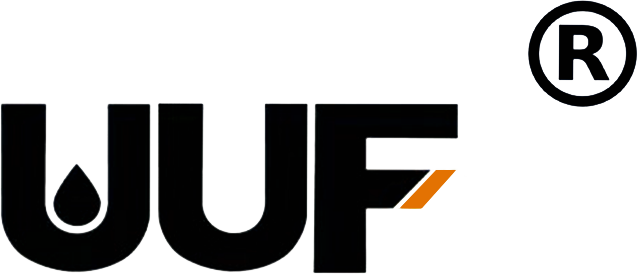Understanding Automobile Oil Seals: Essential Components for Engine Efficiency
Time:
2025-05-26
Automobile oil seals are vital components in a vehicle's engine and drivetrain systems, playing a significant role in maintaining efficiency and longevity. These seals, usually made from rubber or synthetic materials, are designed to prevent the leakage of oil and other fluids while keeping contaminants out. Their proper function is essential for ensuring optimal performance and reliability of var
Automobile oil seals are vital components in a vehicle's engine and drivetrain systems, playing a significant role in maintaining efficiency and longevity. These seals, usually made from rubber or synthetic materials, are designed to prevent the leakage of oil and other fluids while keeping contaminants out. Their proper function is essential for ensuring optimal performance and reliability of various engine components.
One of the primary functions of automobile oil seals is to protect the internal components of the engine. By sealing critical areas, they prevent oil from escaping and contaminants, such as dirt and moisture, from entering. This protection is crucial for maintaining a clean operating environment within the engine, which directly impacts its performance and lifespan. When oil escapes from the engine due to a faulty seal, it can lead to decreased lubrication, overheating, and eventually catastrophic engine failure.
The design of automobile oil seals is tailored to withstand the harsh conditions within the engine. They are typically subjected to high temperatures, pressures, and various chemical exposures. Therefore, selecting the right material is critical. Common materials used in the production of oil seals include Nitrile (Buna-N), Viton, and Silicone. Each material has unique properties, such as resistance to heat, chemicals, and wear, making them suitable for different applications. For example, Viton seals are often preferred in high-temperature environments due to their superior thermal stability.
Installation of automobile oil seals requires careful attention to detail to ensure they function effectively. Proper alignment and seating of the seals are crucial to prevent leaks and extend their service life. When installing an oil seal, it is essential to avoid using excessive force, which can lead to deformation or damage. Utilizing the appropriate installation tools can help achieve the correct fit without compromising the seal's integrity.
Regular maintenance is another critical aspect of ensuring the longevity and performance of oil seals. Routine inspections can identify signs of wear, such as cracking, hardening, or oil leaks, allowing for timely replacements. Addressing minor issues before they escalate can prevent significant engine damage and costly repairs down the line.
In conclusion, automobile oil seals are indispensable components that contribute to the overall efficiency and reliability of a vehicle's engine. Understanding their design, materials, and installation best practices is essential for automotive professionals and enthusiasts alike. By prioritizing the quality and proper maintenance of oil seals, one can significantly enhance engine performance and longevity, ultimately leading to a more efficient and dependable vehicle.
One of the primary functions of automobile oil seals is to protect the internal components of the engine. By sealing critical areas, they prevent oil from escaping and contaminants, such as dirt and moisture, from entering. This protection is crucial for maintaining a clean operating environment within the engine, which directly impacts its performance and lifespan. When oil escapes from the engine due to a faulty seal, it can lead to decreased lubrication, overheating, and eventually catastrophic engine failure.
The design of automobile oil seals is tailored to withstand the harsh conditions within the engine. They are typically subjected to high temperatures, pressures, and various chemical exposures. Therefore, selecting the right material is critical. Common materials used in the production of oil seals include Nitrile (Buna-N), Viton, and Silicone. Each material has unique properties, such as resistance to heat, chemicals, and wear, making them suitable for different applications. For example, Viton seals are often preferred in high-temperature environments due to their superior thermal stability.
Installation of automobile oil seals requires careful attention to detail to ensure they function effectively. Proper alignment and seating of the seals are crucial to prevent leaks and extend their service life. When installing an oil seal, it is essential to avoid using excessive force, which can lead to deformation or damage. Utilizing the appropriate installation tools can help achieve the correct fit without compromising the seal's integrity.
Regular maintenance is another critical aspect of ensuring the longevity and performance of oil seals. Routine inspections can identify signs of wear, such as cracking, hardening, or oil leaks, allowing for timely replacements. Addressing minor issues before they escalate can prevent significant engine damage and costly repairs down the line.
In conclusion, automobile oil seals are indispensable components that contribute to the overall efficiency and reliability of a vehicle's engine. Understanding their design, materials, and installation best practices is essential for automotive professionals and enthusiasts alike. By prioritizing the quality and proper maintenance of oil seals, one can significantly enhance engine performance and longevity, ultimately leading to a more efficient and dependable vehicle.
Keyword:
Automobile oil seal


















